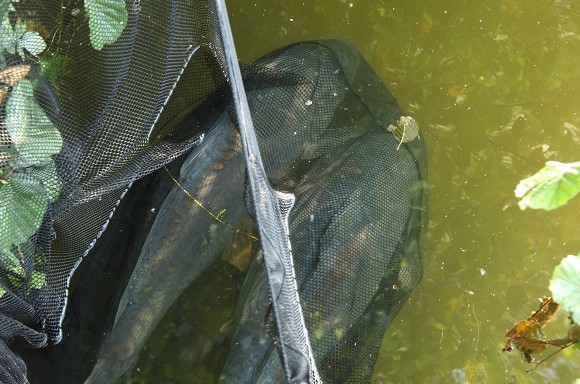
7 simple ways to avoid a nightmare hook pull
Because having worked so hard to hook one, the last thing you want to do is lose it…
1 First off: playing off the clutch…
A: Setting the clutch in advanced is key to ensuring it reacts at the right tension, but do this by pulling the line through the guides when loading the rod, not directly from the reel like we all tend to do.
B: Controlling a running fish can easily be achieved on some reels by applying the palm of your hand to the spool skirt.
C: When you invest in a good front drag, it will probably have felt washers in the assembly. These will be grease impregnated, however, over time they become compressed and reduced in effectiveness. Get a reel service at one of the good dealers who do servicing or get the manufacturer to do it. It will be worth it.
D: When storing any reel, try to do so with the drag knob loosened off. This will extend the performance by ensuring the washer assembly isn’t permanently compressed.
E: Always have a check now and again under the surface of the drag knob. Reels received a lot of grunge and grit especially the stuff that bounces up during big downpours.
2 Plan it out in advance
Do not simply cast out and hope that you will be able to land the carp you hook. Think about where you are going to cast and when the carp takes and runs in ‘any’ direction how can you control it. If it kites left, right, runs towards you do you know what you are going to do? If not, then don’t put them out till you do know.
3 Drop the lead
When the lead is ditched, it’s less likely to snag on weed and such like and you tend to have a more direct line of contact with the carp. Also, when the lead is dumped, the carp usually come higher up in the water and the higher they are the less likely they are to find safety.
4 Lead them in
Like a dog on a lead. The rod you use should be an extension of your arm and not a ‘tug-of-war’ between carp and angler. Whatever rod you use, it should guide the fish in. There is no need to ‘bend into the fish’ unless it is going into snags that you have to stop it. Use it as a lever and not a longbow (no pun intended Daiwa and your DF model!) and you will lose a lot less.
5 Don’t rush it
There isn’t a time limit on landing the carp so don’t rush it. Yes, you can never be sure you are going to land it until it’s in the net, but it will be ready when it’s ready and not before. With experience you will know when it’s ready for netting but as a rule of thumb, when its head comes up it’s about ready. Extend that net and draw the carp in but don’t chase it with a rushed netting. Sometimes carp take a minute to land and sometimes ten minutes… don’t rush it or you will regret it.
6 Be smooth
The smooth approach is the best approach. If you are smooth the fish is more likely to be predictable and less likely to jag and weave as you are playing it. When a carp bangs from side-to-side, changes direction and panics, that’s when the hook will pull. Whether you are moving the rod, reaching for the net, adjusting the clutch, pushing the net out etc., do it smoothly.
7 Catch plenty
The best way to learn how NOT to lose fish is to catch and land plenty. Whether they ten, fifteen or twenty-pound, the more you catch, the better you will become at landing them. A carp is a carp is a carp and often a spirited ten-pounder is harder to control than a pulsing thirty-pounder.





